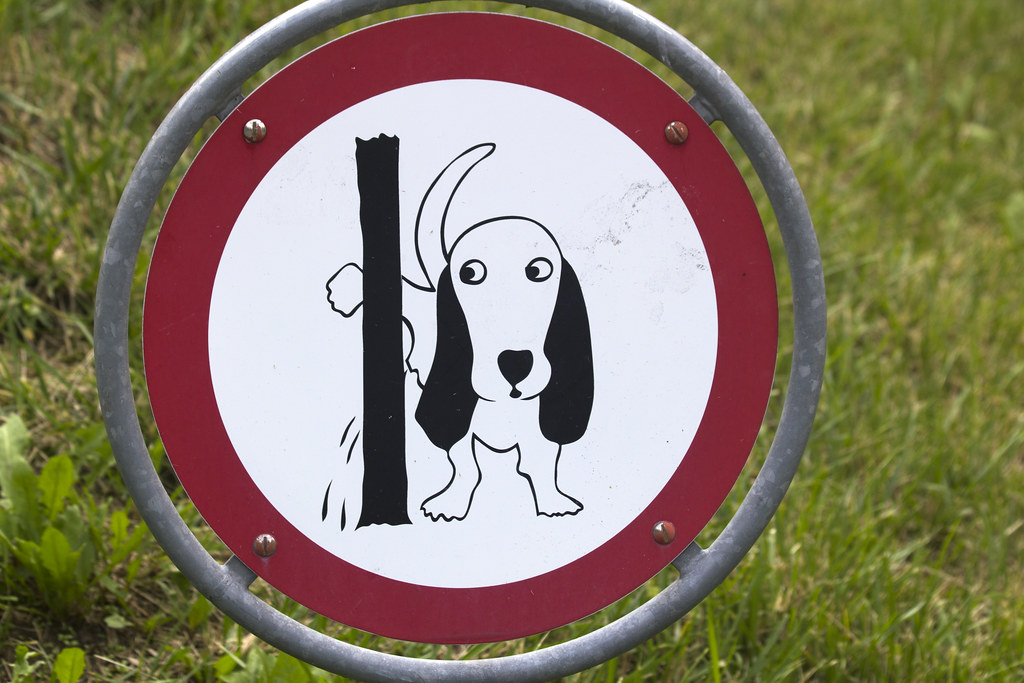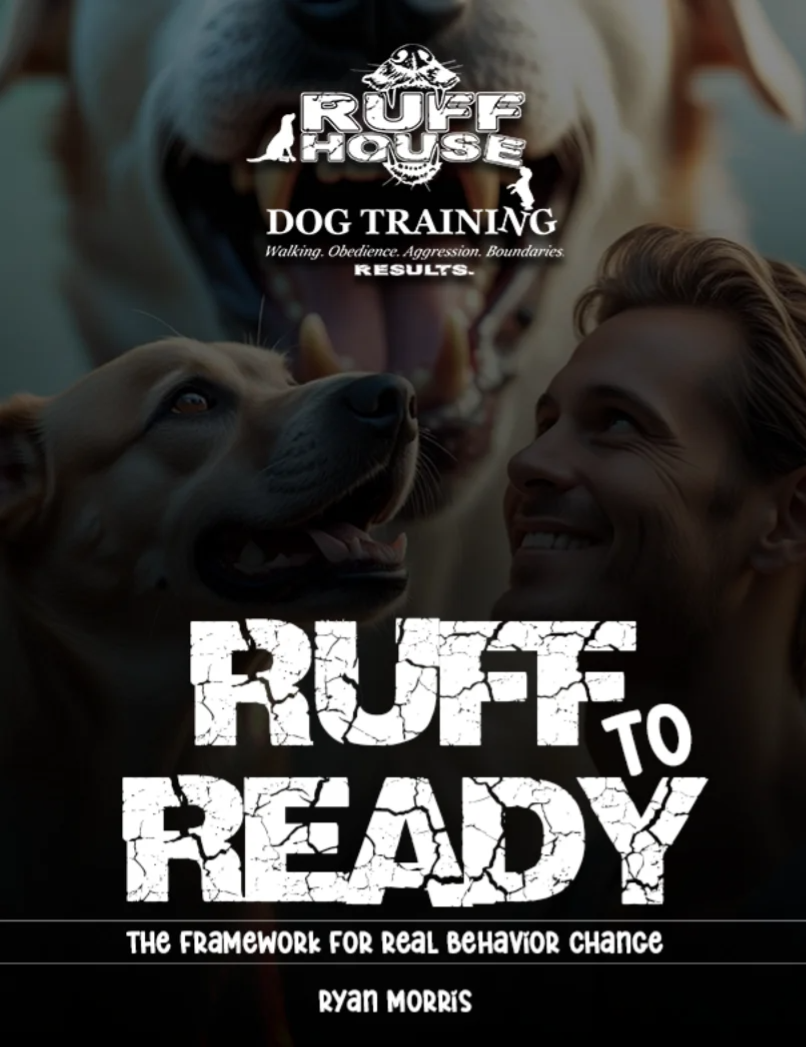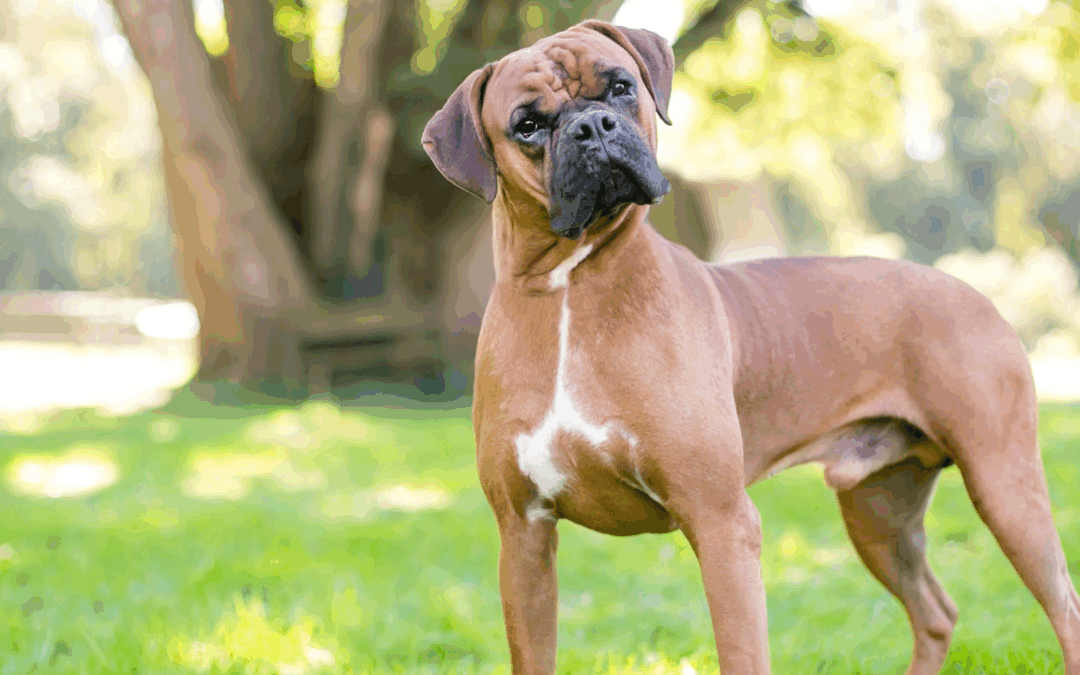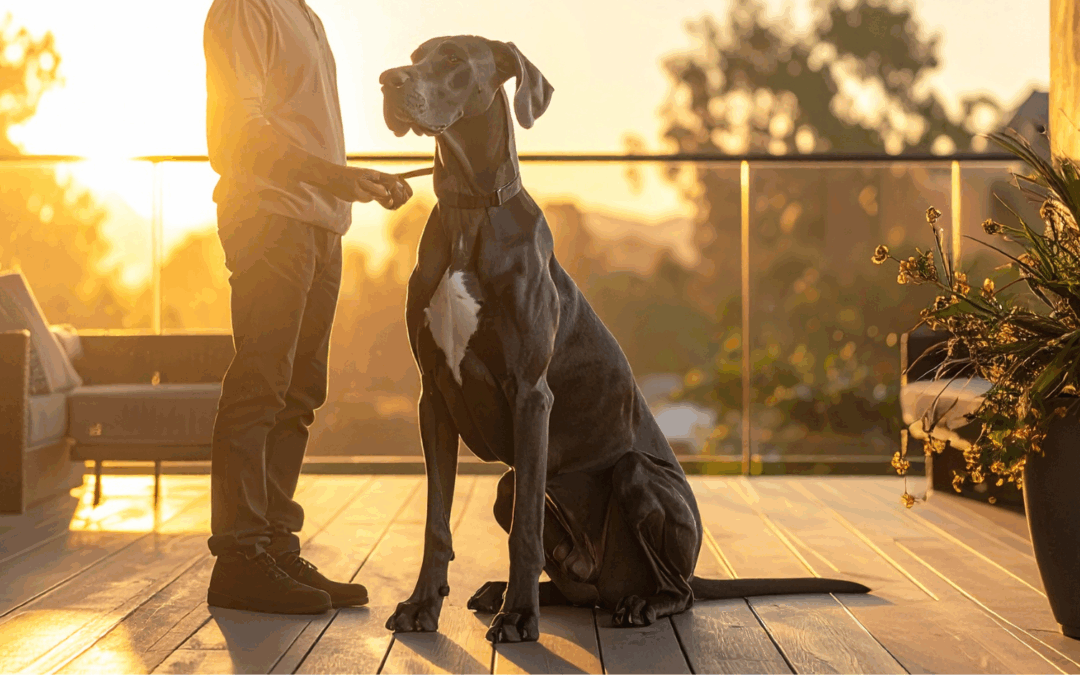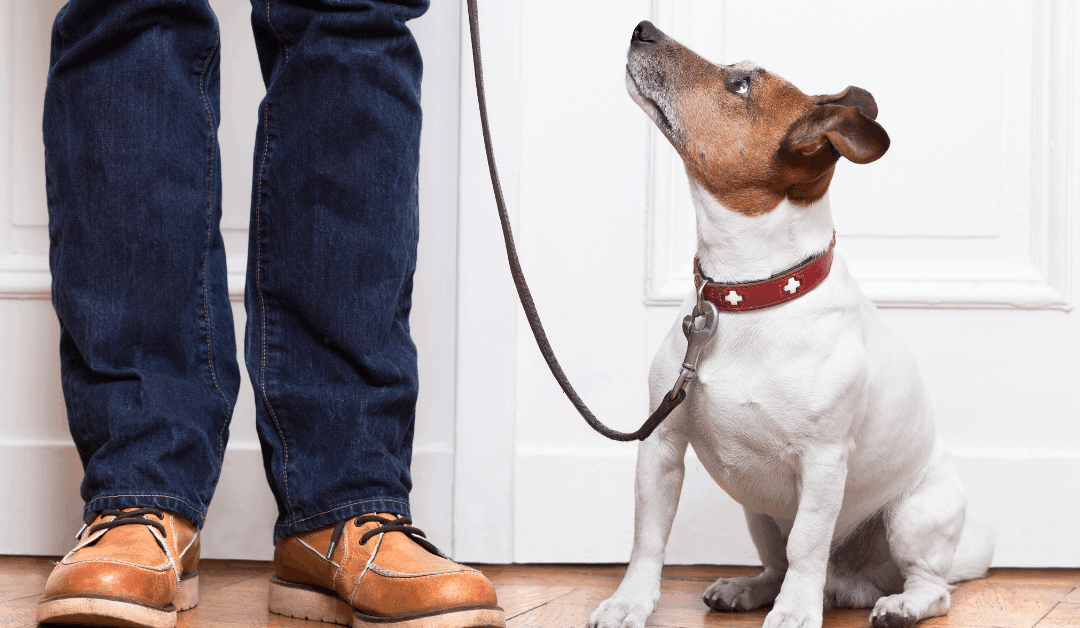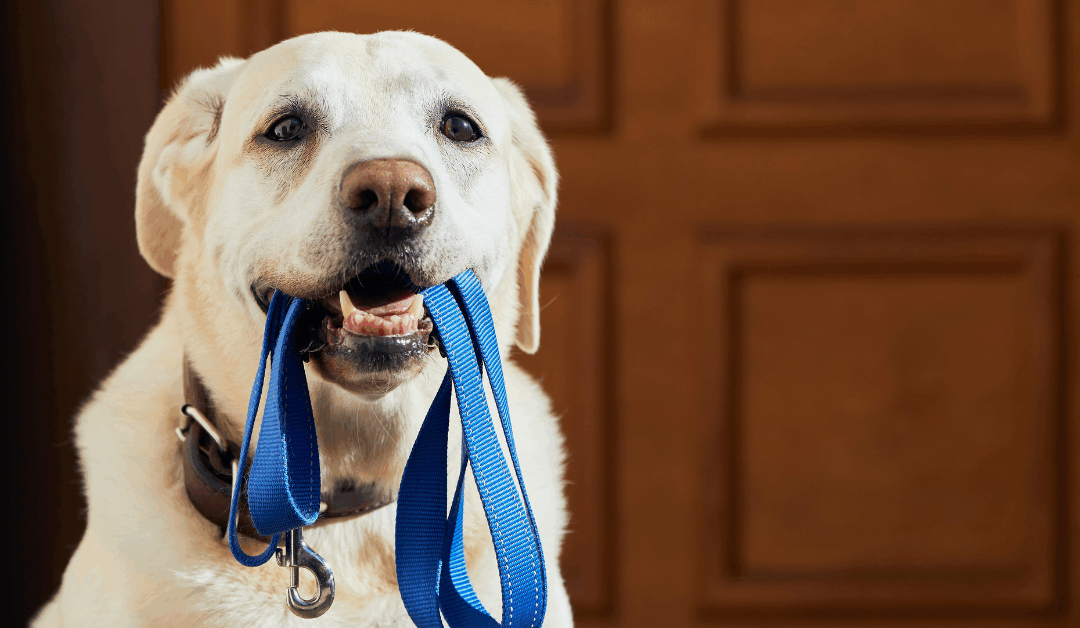Do you know how to get rid of dog pee smell in your home?
Every pet owner knows the frustration of discovering that unmistakable smell of dog urine in their home. Whether you’re dealing with a new puppy going through potty training or an older dog who’s had an accident, the lingering odor can be overwhelming and embarrassing when guests visit. The good news is that with the right approach and cleaning solutions, you can completely eliminate urine odors and prevent your furry friends from returning to the same spot.
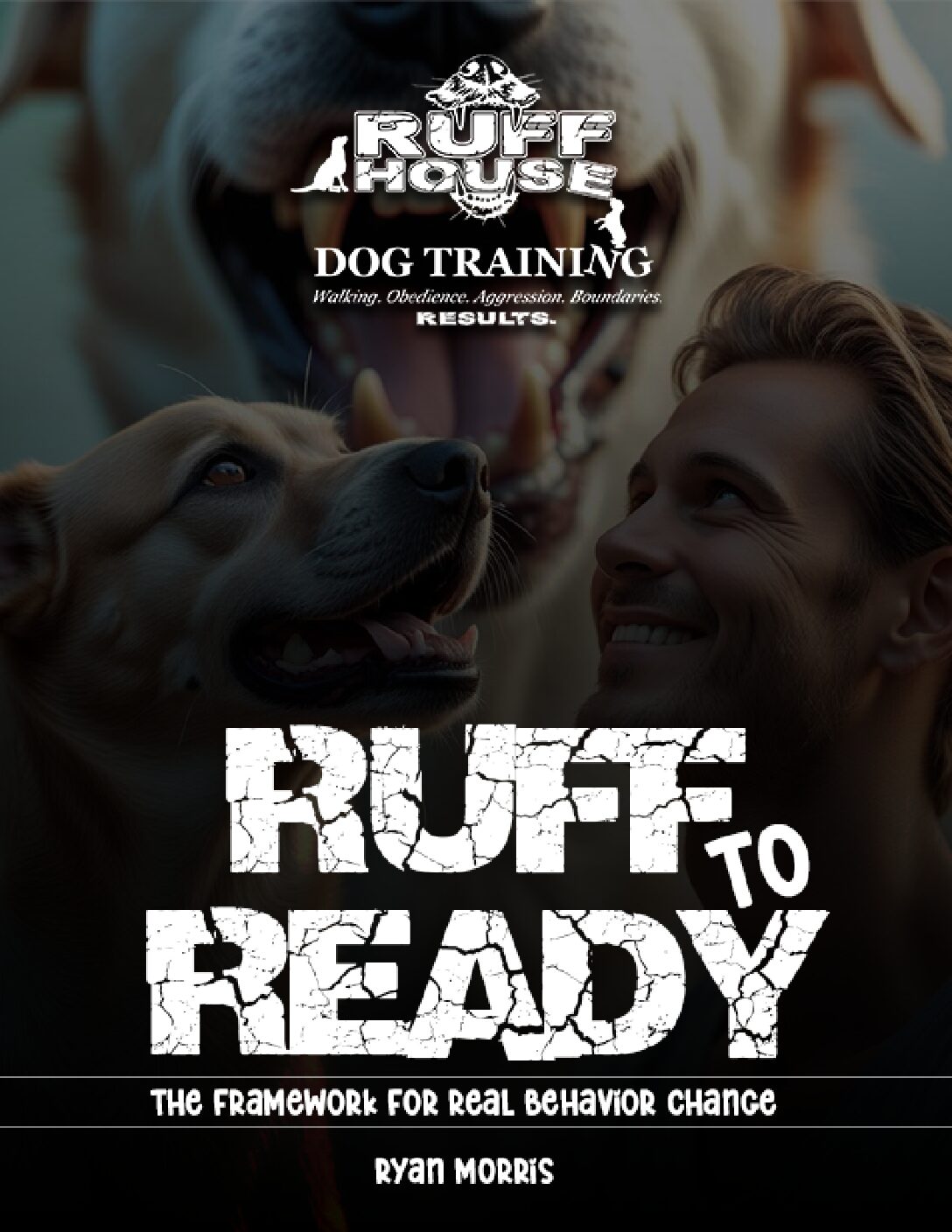
Unlock Real Behavior Change – Download Your Free Guide Now
"*" indicates required fields
Dog urine smell isn’t just unpleasant—it’s also persistent. Unlike other household odors, pet urine contains uric acid crystals that can remain active for years if not properly treated. These crystals continue to release odor, especially in humid conditions, which explains why that smell seems to return even after you think you’ve cleaned the area thoroughly.
This comprehensive guide will walk you through effective methods for removing dog pee smell from various surfaces, explain why some cleaning approaches work better than others, and provide tips for preventing future accidents. Whether you’re dealing with fresh urine or old stains you’ve just discovered with a black light, these proven techniques will help you reclaim your home’s fresh scent.
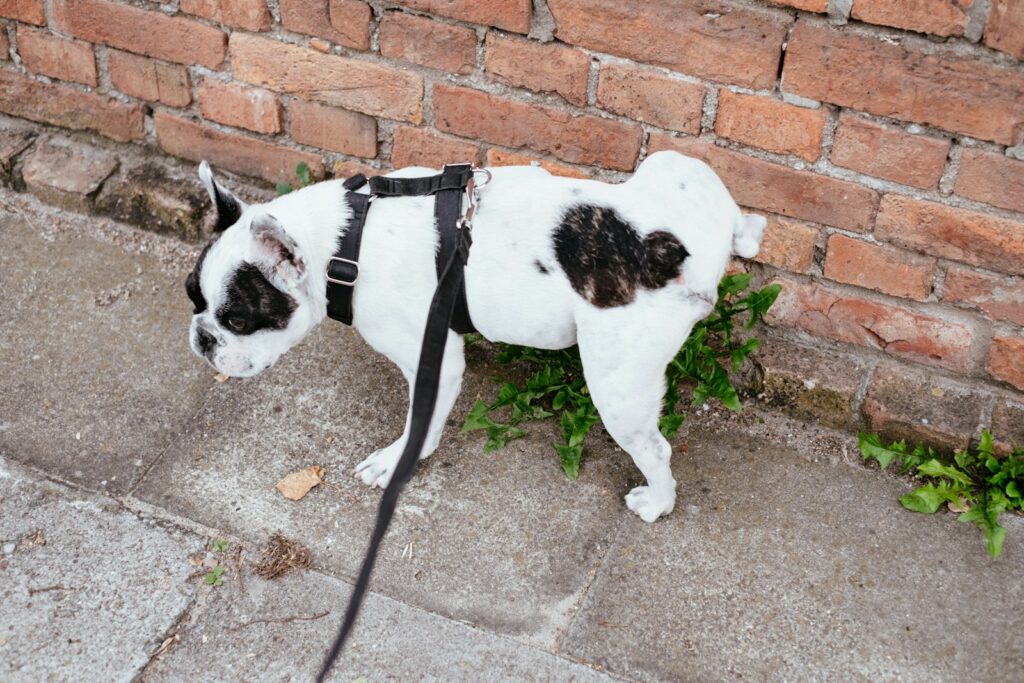
Why Dog Urine Smell Is So Persistent
Understanding why dog urine creates such a lasting odor is crucial for effective removal. Dog urine contains three main components: urea, urochrome, and uric acid. While the first two break down relatively easily, uric acid forms crystals that bond tightly to surfaces and remain dormant until activated by moisture.
These uric acid crystals are the primary culprit behind that persistent smell. When humidity levels rise or the area gets wet, the crystals reactivate and release odor molecules. This is why you might notice the smell becoming stronger on humid days or after cleaning the area with water-based solutions.
Additionally, dogs have an incredibly sensitive sense of smell—up to 100,000 times more sensitive than humans. Even if you can’t detect any remaining odor, your dog likely can, which encourages them to use the same spot repeatedly. This creates a cycle where accidents keep happening in the same location, making thorough odor removal essential for successful house training.
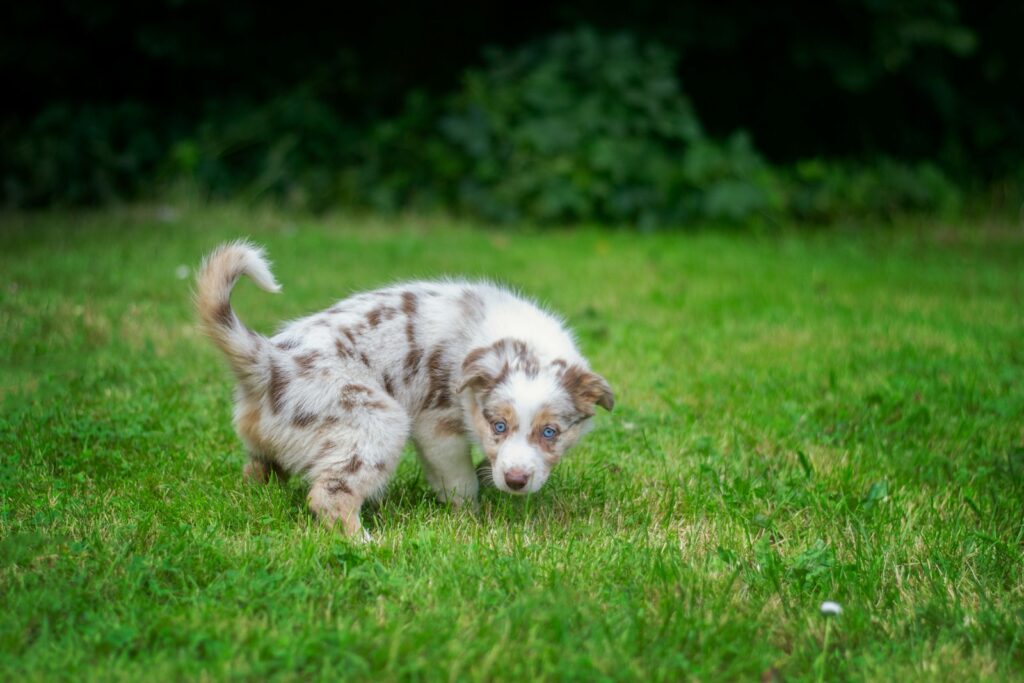
Essential Supplies And Cleaning Solutions for Odor Removal
Before diving into specific cleaning methods, gather these essential supplies. Having the right tools makes the difference between temporarily masking the smell and permanently eliminating it:
Cleaning Solutions:
- Enzyme cleaners or enzymatic cleaners (the most effective option)
- White vinegar
- Baking soda
- Hydrogen peroxide (3% solution)
- Warm water
- Commercial pet odor removal products
Equipment:
- Paper towels or clean cloth
- Dry towel
- UV or black light (for locating old stains)
- Steam cleaner (for carpets and soft surfaces)
- Spray bottle
- Rubber gloves
Detection Tools:
A black light is invaluable for finding old urine stains that aren’t visible to the naked eye. Dried urine glows under UV light, allowing you to identify all affected areas that need treatment.
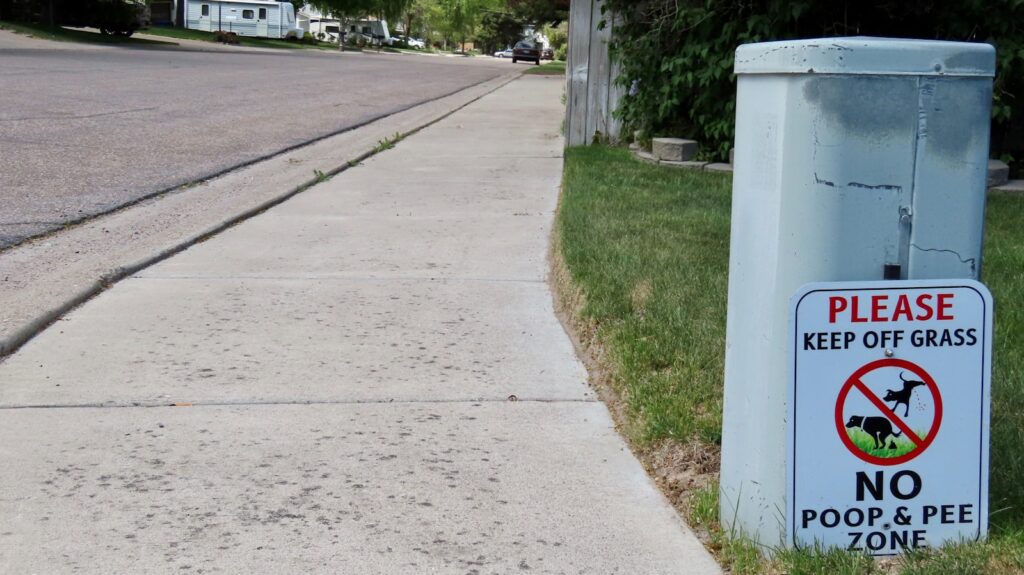
Step-by-Step Removal Process
Act Fast for Fresh Urine
When you discover fresh urine, speed is your ally. The sooner you address the accident, the easier it will be to eliminate completely.
Start by blotting up as much liquid as possible using paper towels or a clean cloth. Press firmly to absorb the urine, but avoid rubbing, which can spread the stain and push it deeper into the material. Continue blotting until no more liquid transfers to the towels.
For hard surfaces like tile or hardwood floors, this initial cleanup is usually sufficient before applying your chosen cleaning solution. For carpets and soft surfaces, you’ll need to address both the surface and the padding underneath, as urine often soaks through multiple layers.
The Enzyme Cleaner Method
Enzyme cleaners are widely considered the gold standard for pet urine removal. These specialized products contain beneficial bacteria that literally eat the odor-causing compounds in urine, breaking them down at the molecular level.
Apply the enzyme cleaner generously to the affected area, ensuring you cover a larger area than the visible stain. The cleaner needs to penetrate as deeply as the urine did. Allow it to sit for the time specified on the product label—usually 10-15 minutes for fresh stains and longer for older ones.
After the contact time, blot the area dry with clean towels. For carpets, you might need to rinse with warm water and blot again to remove any cleaner residue. Allow the area to air dry completely, which may take several hours.
The Vinegar and Baking Soda Method
This natural approach works well for fresh stains and as a follow-up to enzyme cleaning. Mix equal parts white vinegar and warm water in a spray bottle. Spray the solution generously over the affected area and let it sit for 5-10 minutes.
Blot the area dry, then sprinkle baking soda over the entire wet spot. The baking soda will foam slightly as it reacts with any remaining vinegar—this is normal and indicates the cleaning action is working.
Allow the baking soda to sit for several hours or overnight. This natural deodorizer will absorb remaining odors and excess moisture. Vacuum up the dried baking soda, and the area should be odor-free.
The Hydrogen Peroxide Method
For stubborn stains on light-colored surfaces, hydrogen peroxide can be effective. However, test it in an inconspicuous area first, as it can bleach some materials.
Mix one part 3% hydrogen peroxide with two parts water. Apply the solution to the stain and let it sit for 5 minutes. Blot dry and rinse with clean water. This method works particularly well on hard surfaces and can help with both odor and stain removal.
Surface-Specific Cleaning Approaches
Carpets and Rugs
Carpets present the biggest challenge because urine can soak through to the padding and subfloor. For small accidents, the enzyme cleaner method usually suffices. For larger areas or repeated accidents in the same spot, you might need professional carpet cleaning or even padding replacement.
A steam cleaner can be highly effective for carpets, especially when used with enzyme-based cleaning solutions. The heat and moisture help the enzymes penetrate deeply and break down odor compounds throughout the carpet layers.
If the smell persists after cleaning, use a black light to check for any missed spots. Sometimes urine spreads further than visible stains indicate.
Hardwood Floors
Sealed hardwood floors are relatively easy to clean, but unsealed or damaged floors can absorb urine, making removal more challenging. For sealed surfaces, quickly wipe up the urine and clean with an enzyme cleaner or vinegar solution.
For unsealed floors or areas where urine has soaked into the wood, you might need to sand and refinish the affected area. In severe cases, board replacement may be necessary.
Upholstery and Soft Surfaces
Furniture and other soft surfaces require careful attention to avoid oversaturating the material. Use enzyme cleaners sparingly and blot thoroughly after application. For removable covers, machine washing with an enzyme-based detergent often produces the best results.
Consider using a wet/dry vacuum to extract as much moisture as possible from thick cushions or padding.
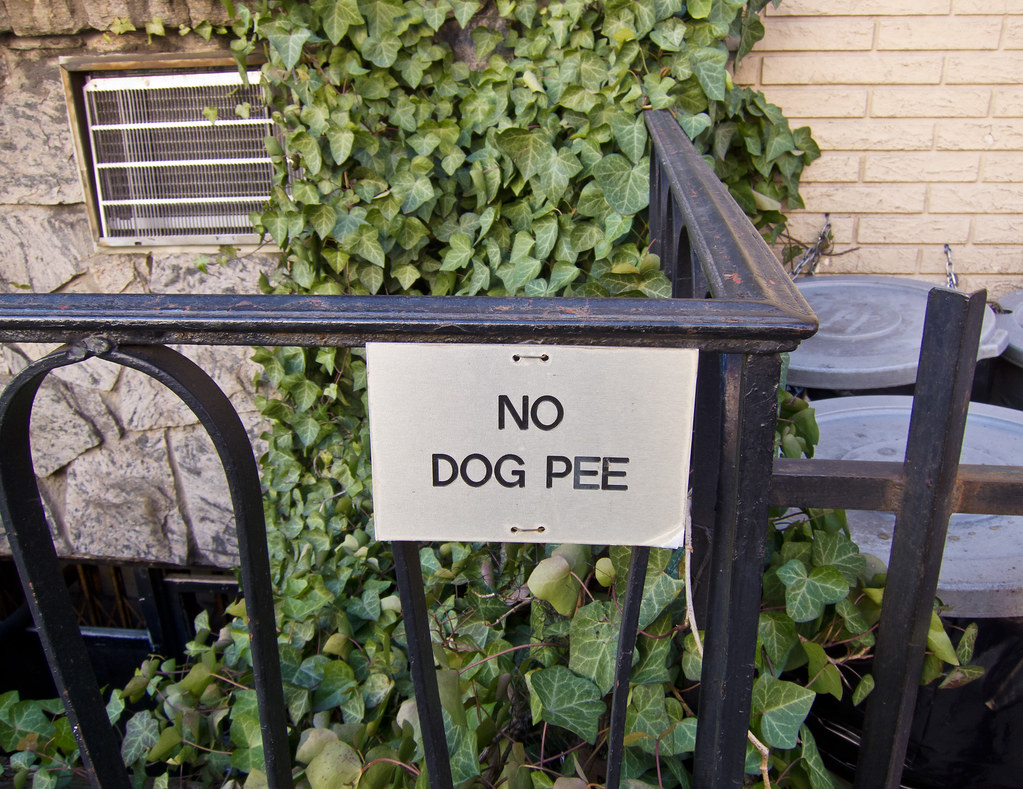
Advanced Techniques for Stubborn Odors
Using UV Light for Detection
Even after thorough cleaning, some odors may persist if you’ve missed spots. A UV or black light reveals dried urine stains that aren’t visible under normal lighting. Work in a darkened room and systematically scan areas where your dog has had accidents.
Mark any glowing spots with chalk or removable tape, then treat each area with your chosen cleaning method.
Professional Treatment Options
For severe odor problems or valuable items like antiques, consider professional cleaning services. Certified professionals have access to commercial-grade enzyme cleaners and specialized equipment that can address odors regular household methods can’t eliminate.
Some professionals also offer ozone treatment, which can neutralize odors at the molecular level, though this requires temporary evacuation of the space.
Prevention Strategies
Proper Potty Training
Working with a certified professional dog trainer can significantly reduce accidents. Consistent training, regular bathroom breaks, and positive reinforcement create lasting habits that prevent future odor issues.
Protective Measures
Consider using washable rugs in areas where accidents are likely. Waterproof mattress protectors can safeguard furniture, and easily cleanable surfaces make maintenance simpler.
Regular Maintenance
Clean any accidents immediately, maintain good ventilation in your home, and consider using air purifiers to help manage any lingering odors.
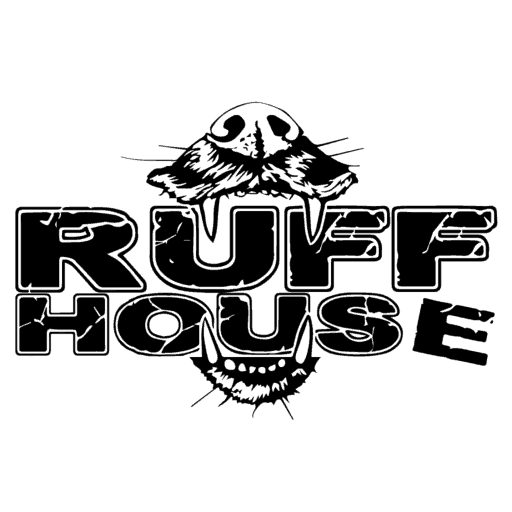
Obedience Dog Training Program at Ruff House Dog Training
If you’re struggling with a pup that has frequent accidents indoors, Ruff House Dog Training can help turn things around with their effective and fun obedience dog training program. Their professional trainers focus on positive reinforcement techniques to teach your dog essential skills, including proper potty habits.
By addressing behavioral issues and building a strong foundation of obedience, this program not only helps prevent indoor accidents but also improves the overall bond between you and your furry companion. Visit Ruff House Dog Training to learn more about their programs and take the next step toward a happier, healthier life for you and your pup.
Common Mistakes to Avoid
Never use ammonia-based cleaners on pet urine. Ammonia smells similar to urine to dogs and may actually encourage them to urinate in the same spot again. Similarly, avoid steam cleaning urine stains with just water, as the heat can set the odor permanently.
Don’t rely solely on air fresheners or deodorizers that mask odors rather than eliminate them. These products might temporarily improve the smell for humans, but dogs will still detect the underlying urine odor.
Dog Urine Smell Remover Products Worth A Try
If you’re dealing with lingering pet odors, the right product can make all the difference. Here’s a list of highly effective dog urine smell remover products and where to purchase them:
Rocco & Roxie Stain and Odor Eliminator
This enzyme-based cleaner tackles both stains and odors at the source. It is safe for carpets, floors, and upholstery.
Nature’s Miracle Advanced Stain and Odor Eliminator
Trusted by pet owners, this formula works on tough, set-in stains and is safe for use around pets.
Angry Orange Pet Odor Eliminator
Made with natural orange oil, this product quickly and effectively neutralizes pet smells.
Simple Solution Extreme Stain and Odor Remover
Designed for strong odors, this pro-bacteria and enzyme-based formula is perfect for heavy-duty cleaning.
Bubba’s Super Strength Commercial Enzyme Cleaner
Popular for its powerful professional-grade cleaning, this product works across multiple surfaces.
Biokleen Bac-Out Stain and Odor Remover
Featuring eco-friendly and plant-based ingredients, this product is a great choice for environmentally-conscious pet owners.
Skout’s Honor Severe Mess Stain & Odor Remover
This biodegradable formula is perfect for extreme messes and is safe for use around kids and pets.
With these trusted products, tackling pet odors and keeping your home fresh and clean is easier than ever!
Creating a Fresh, Odor-Free Home | How To Get Rid Of Dog Pee Smell
Eliminating dog pee smell requires patience, the right products, and sometimes multiple treatment sessions. Enzyme cleaners remain the most effective solution for breaking down odor-causing compounds, while natural methods like vinegar and baking soda provide excellent support for minor accidents.
Remember that consistency is key—both in cleaning accidents thoroughly and in maintaining your dog’s potty training routine. With these proven methods and a proactive approach to prevention, you can keep your home smelling fresh while maintaining a loving relationship with your furry friend.
The investment in proper cleaning supplies and techniques pays dividends in creating a comfortable living environment for both you and your pets. Take action quickly when accidents happen, use the right products for your specific surfaces, and don’t hesitate to seek professional help for challenging situations.

